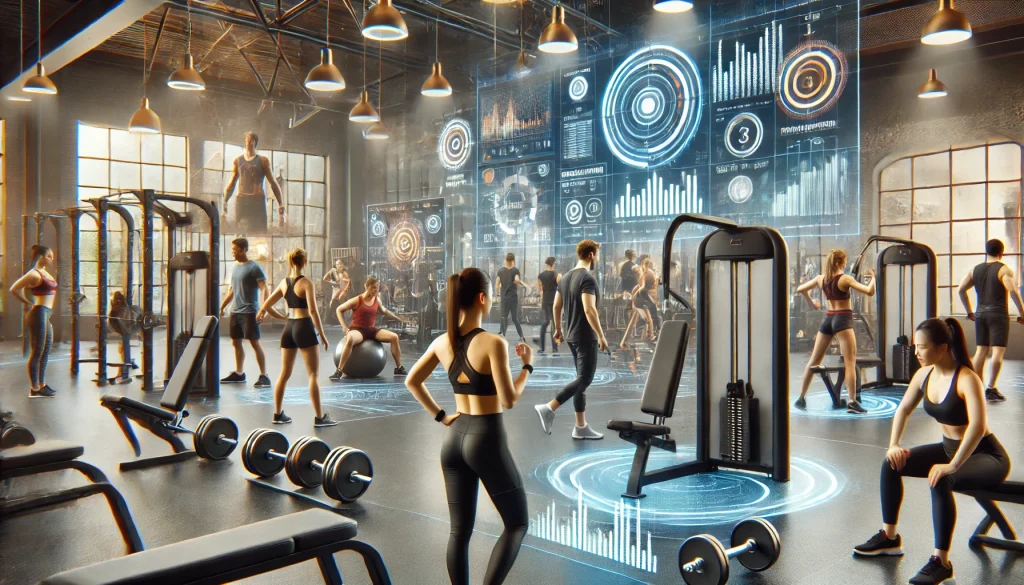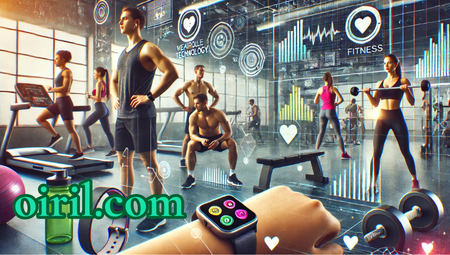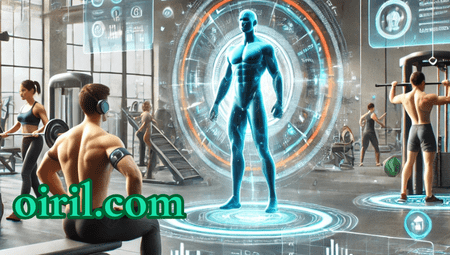Emerging Trends and Innovations in the Fitness and Bodybuilding Industry
The fitness and bodybuilding industry has seen significant growth and transformation over the past few years. With increased awareness around health and wellness, more people are embracing fitness as a lifestyle choice. In this rapidly evolving sector, new trends and innovations are emerging, driven by technological advancements, changing consumer preferences, and an ever-growing demand for personalized experiences. Here, we’ll explore some of the latest trends reshaping the fitness and bodybuilding landscape and what they mean for enthusiasts and professionals alike.
Digitalization and the Rise of Virtual Workouts

Digital platforms and mobile apps have changed how people approach fitness, making it more accessible than ever. Virtual workouts allow individuals to follow classes, access training programs, and connect with coaches from the comfort of their own homes. This trend grew tremendously during the COVID-19 pandemic and continues to be popular today. Many fitness apps and streaming services now offer live and on-demand workouts, catering to a variety of fitness levels and interests, from yoga and pilates to high-intensity interval training (HIIT) and strength training. This trend has opened up new opportunities for fitness professionals to reach wider audiences without geographical limitations.
Personalized Training Programs and Wearable Technology
Wearable technology, such as smartwatches, fitness trackers, and heart rate monitors, has become an integral part of the fitness industry. Devices from companies like Apple, Fitbit, and Garmin provide real-time data on a user’s physical activity, heart rate, sleep patterns, and even calorie expenditure. These insights empower users to create personalized workout plans tailored to their goals and physical needs. Additionally, AI-driven fitness apps use machine learning to adapt workouts based on user feedback and performance, ensuring continuous progress and engagement.
Functional and Holistic Training
Functional training has gained popularity as people increasingly focus on overall fitness and mobility rather than aesthetics alone. This trend emphasizes exercises that mimic everyday movements and improve functional strength, stability, and flexibility. In combination with functional training, many fitness programs now incorporate elements of mental wellness, such as mindfulness and meditation, highlighting a holistic approach to fitness. This shift towards a well-rounded view of health underscores the importance of balancing physical, mental, and emotional well-being.
Eco-Friendly Gyms and Sustainable Practices
Environmental consciousness has also made its way into the fitness industry. Many gyms and fitness brands are adopting eco-friendly practices, from sustainable gym equipment and recyclable materials to energy-efficient facilities. Some gyms now use cardio equipment that generates energy, which can be used to power the facility. Eco-friendly fitness products, such as biodegradable yoga mats and sustainably sourced activewear, are increasingly popular as consumers seek to make environmentally responsible choices in all areas of their lives.
Nutrition and Supplement Trends in Bodybuilding
Nutrition is a critical component of bodybuilding, and new trends in supplements reflect the demand for cleaner, more transparent products. Natural and plant-based protein supplements have gained traction as people become more health-conscious and environmentally aware. Brands are responding by formulating products free from artificial ingredients and unnecessary additives. The rise of personalized nutrition is another noteworthy trend, with services that analyze an individual’s needs to recommend specific vitamins, minerals, and supplements to optimize performance and recovery.
Hybrid Fitness Models and Community Building
With many people now accustomed to virtual training, a hybrid fitness model that combines online and in-person experiences has become popular. This approach allows for flexibility and social connection, appealing to individuals who value the community aspects of fitness. Hybrid fitness models also offer opportunities for group challenges, competitions, and virtual communities where people can share their progress, motivate each other, and celebrate milestones.
Advanced Recovery Techniques
Recovery has always been a key part of fitness, but it’s gaining even more attention with advanced methods that promise faster and more effective muscle repair. Technologies such as cryotherapy, infrared saunas, and percussive massage guns have become popular recovery tools in gyms and among athletes. These techniques, combined with traditional methods like stretching and foam rolling, help reduce soreness, prevent injury, and enhance overall performance, making recovery as much a focus as training itself.
The fitness and bodybuilding industry is dynamic and continually evolving. Emerging trends in digitalization, personalization, sustainability, and recovery reflect a broader shift towards a more inclusive and mindful approach to health and wellness. As technology advances and consumer preferences change, the fitness industry is likely to continue innovating, offering more ways for individuals to engage in fitness, achieve their goals, and lead healthier lives. For fitness enthusiasts and professionals, staying updated with these trends is essential to remain competitive and maximize the benefits that modern fitness has to offer.




